7 weird weather phenomena from around the world
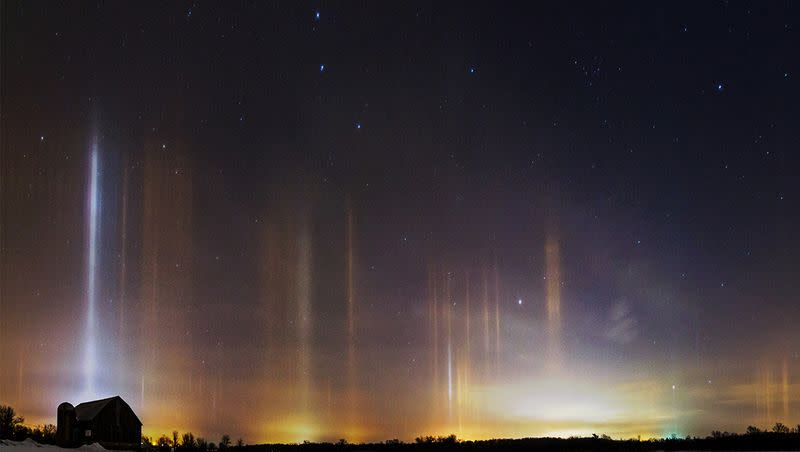
Starting with the most mundane and advancing to the truly weird, here’s a list of unusual — and some breathtaking — weather phenomena.
What’s the weirdest weather phenomenon?
1. Virga
Virga is seen in the sky as vertical streaks of clouds.
The National Weather Service says that this happens when rain or another type of precipitation falling from the clouds evaporates before it hits the ground. Sometimes, virga can precede microbursts.
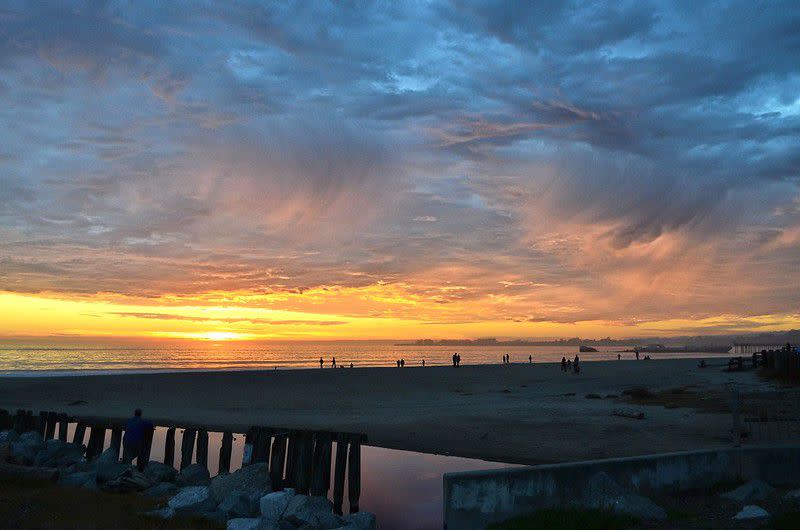
2. Water spouts
If you thought tornadoes were bad, get to know their watery cousin.
Classified in the same family as tornadoes, waterspouts are “whirling columns of air and water mist” that occur in water, rather than land, according to the National Ocean Service.
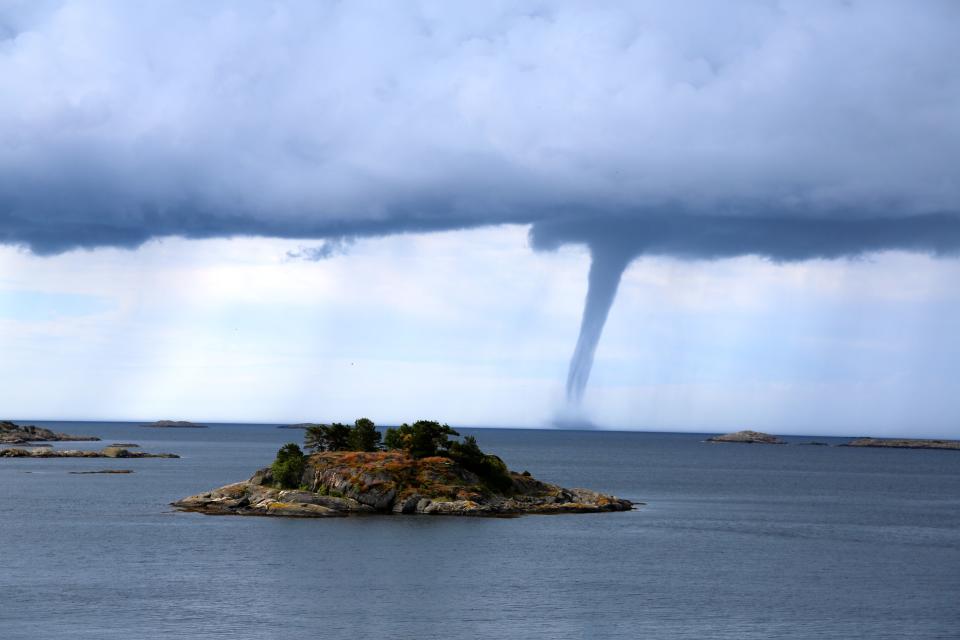
3. Cloud iridescence or rainbow clouds
This is a relatively rare weather occurrence because the clouds must be thin with plenty of water droplets, per the National Weather Service.
Rainbow clouds are caused by the way they diffract light through the water particles or ice crystals in the cloud. It’s the same concept as a rainbow, but it happens within a cloud.
It can make for a pretty phenomenal sight, like one social media user posted on X, previously known as Twitter.
A spectacular example of an Iridescent cloudpic.twitter.com/hwjXdDUdhs
— Science girl (@gunsnrosesgirl3) September 10, 2023
4. Volcanic lightning
Volcanic lightning doesn’t occur in the sky like common lightning, but it’s still electrically charged from particles hitting together.
When a volcano erupts, “superheated chunks of rock and gases” shoot into the sky, rub together and make electricity, the National Weather Service said on its website. Combining the heat of electricity and lava can make it a tricky thing to study, but it’s not rare to see.
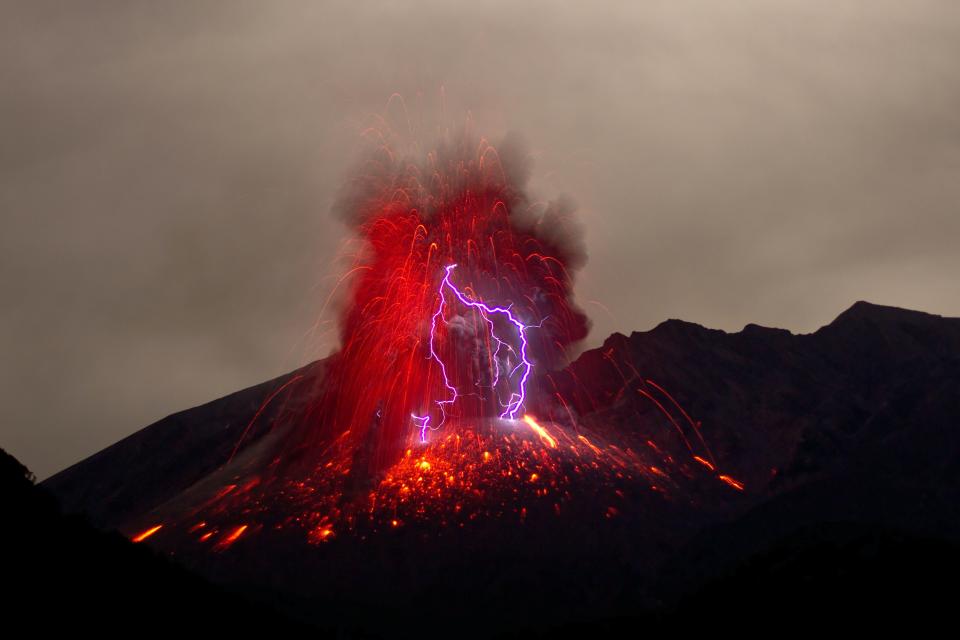
5. Hair ice
In the northern part of the world, the cold, along with a special kind of fungus, creates a natural ice sculpture known as hair ice.
Sometimes described as “woolly,” the hair ice grows in long strands that are thick, creating what looks like hair. The fungus releases chemicals that make the ice form this way, per the National Weather Service.
Most of the time, the hair ice doesn’t last long, as it grows at night in cooler temperatures and melts by morning.

6. Light pillars
No, these are not the northern lights or UFOs beaming up human subjects.
Light pillars can happen around the globe as tiny ice crystals hanging in the atmosphere attract light in a pillar form, per the National Weather Service. Light can come from the sun, moon, stars or any humanmade source.
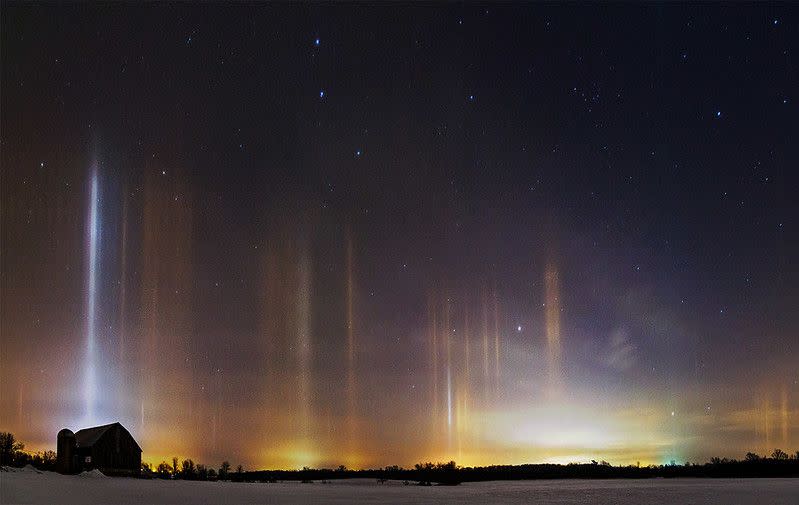
7. Sprites
This phenomenon, if taken out of context, could pass for a full-scale alien invasion.
Sprites are rarely captured on camera because they happen in the atmosphere more than 31 miles above the Earth, per BBC’s Science Focus.
To balance the positive lightning charges that come out of the bottom of a storm cloud, sprites occur above a thundercloud.
Related

